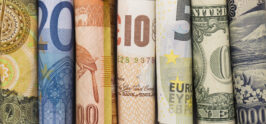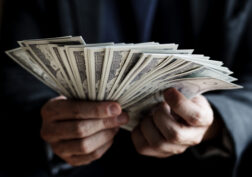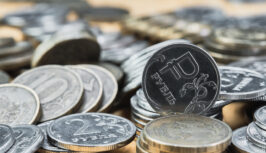The Psychology Behind Impulse Buying
Table of contents

Ever walked into a store for toothpaste and walked out with candles, a hoodie, and a new water bottle? That’s impulse buying — and you’re far from alone. This common behavior might feel random or silly, but there’s real science behind why we do it.
From dopamine hits to clever marketing tactics, impulse buying taps into deep psychological triggers. And while it’s often harmless (hello, $5 coffee mug), unchecked it can hurt budgets and sabotage financial goals. Let’s dive into why our brains love spontaneous spending — and how we can outsmart them when it matters.
The Psychology Behind Impulse Buying
Impulse buying isn’t about need — it’s about emotion. Here are some of the psychological factors that drive it:
- Dopamine rush: Your brain releases dopamine — the “feel good” neurotransmitter — when you anticipate a reward. Just the act of spotting something you want can create a temporary high.
- Instant gratification: We’re wired to prefer immediate rewards over long-term benefits. Buying something on impulse satisfies that urge on the spot.
- Scarcity and urgency: “Limited time only!” or “Only 2 left!” plays on our fear of missing out (FOMO), prompting us to act fast before logic kicks in.
- Emotional triggers: Stress, boredom, sadness, or even celebration can make us spend. Shopping becomes a quick fix for mood regulation.
- Social influence: Seeing others buy (especially online) can create pressure to do the same — especially if influencers or friends are involved.
- Retail environment design: Stores and websites are built to guide you through emotional journeys — think music, lighting, layout, and well-placed add-ons.
- “It’s a deal” mindset: Discounts feel like you’re saving money — even if you weren’t planning to spend it at all. The thrill of the “bargain” overrides practical thinking.
The Backstory
Impulse buying isn’t new. Merchants have been capitalizing on our quick decisions for centuries — from street vendors calling out deals to candy displays at checkout counters. But in the age of e-commerce, impulse buying has become easier than ever. One-click purchases, flash sales, and personalized ads have taken the temptation digital.
Interestingly, studies show that up to 80% of shopping decisions are unplanned. The idea of the careful, calculating shopper is more myth than reality — especially when we’re tired, hungry, or distracted.
What Most People Don’t Know
- Your brain treats spending like a reward: The anticipation and transaction both light up reward centers similar to those triggered by food or gambling.
- Decision fatigue plays a role: The more choices you make in a day, the less willpower you have left — making impulse buys more likely later in the day.
- Online impulse shopping peaks in the evening, especially between 8–11 PM when people are relaxed (and scrolling).
- Background music in stores can change how fast or slow you shop — upbeat songs lead to more spontaneous choices.
From Experts & Explorers
“We buy based on emotion and justify it with logic,” says Dr. Kit Yarrow, a consumer psychologist. “Marketers know this. They don’t just sell a product — they sell a feeling, a story, a reward.”
She adds that understanding your own triggers — whether it’s stress, boredom, or insecurity — is key to making smarter purchases.
Bonus Fact
A study by the University of British Columbia found that people were more likely to make impulse purchases while holding a warm drink. Why? Warmth increases feelings of comfort and security — which softens the mental brakes on spending.
Takeaway
Impulse buying might seem harmless, but understanding its psychology helps you take back control. The next time you feel drawn to a “deal” or tempted to grab something random, ask: Am I buying this because I need it — or because it just feels good?
With a little self-awareness (and maybe a shopping list), you can spend with intention instead of impulse — and save your budget for what truly matters.






